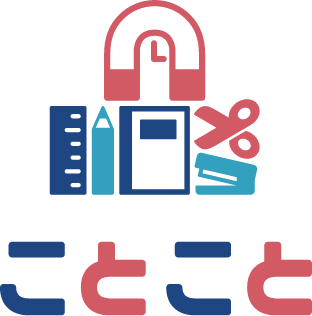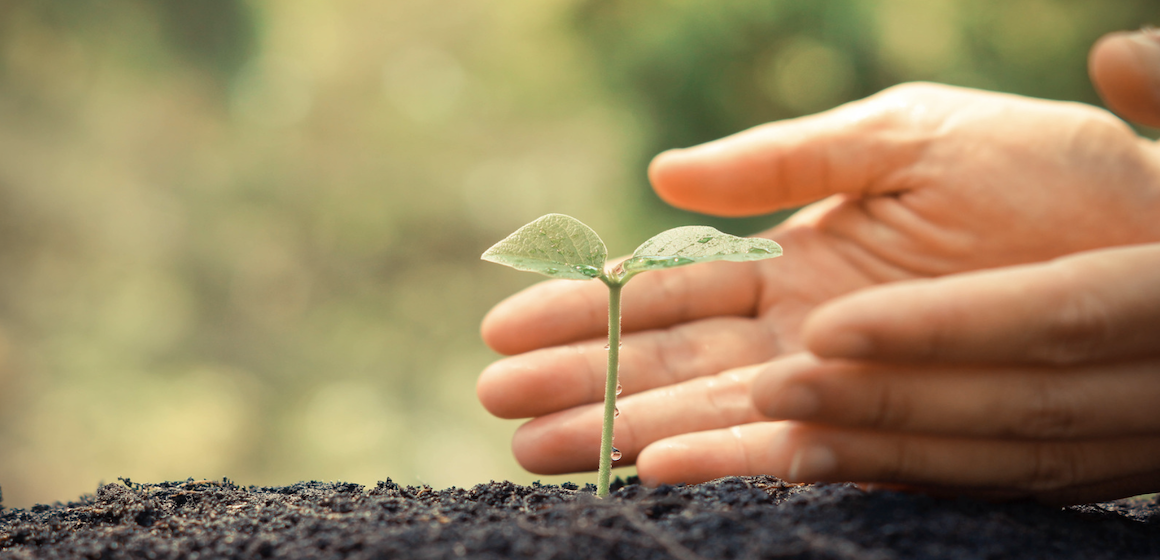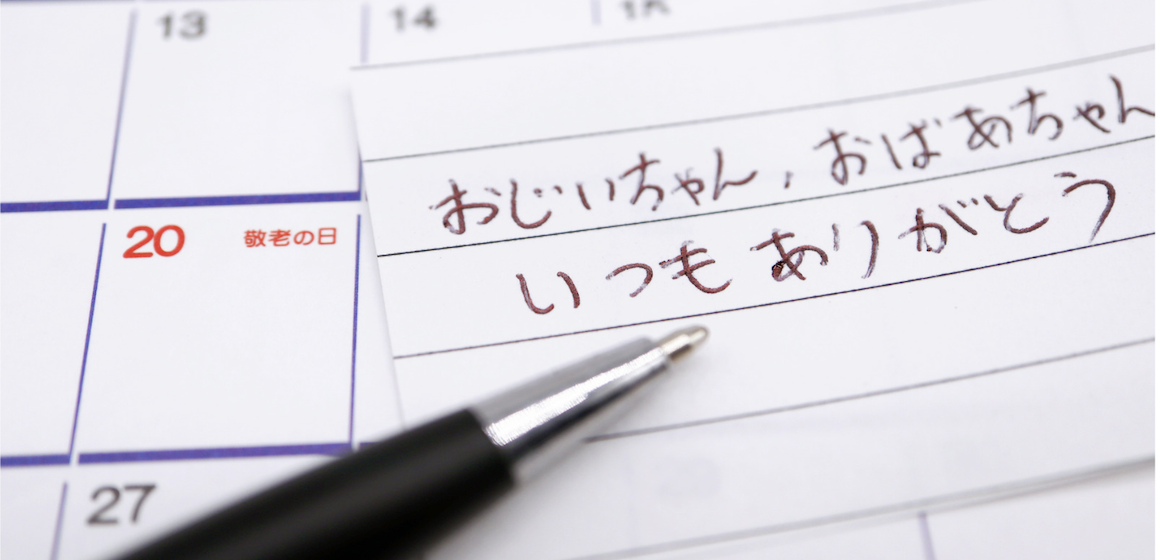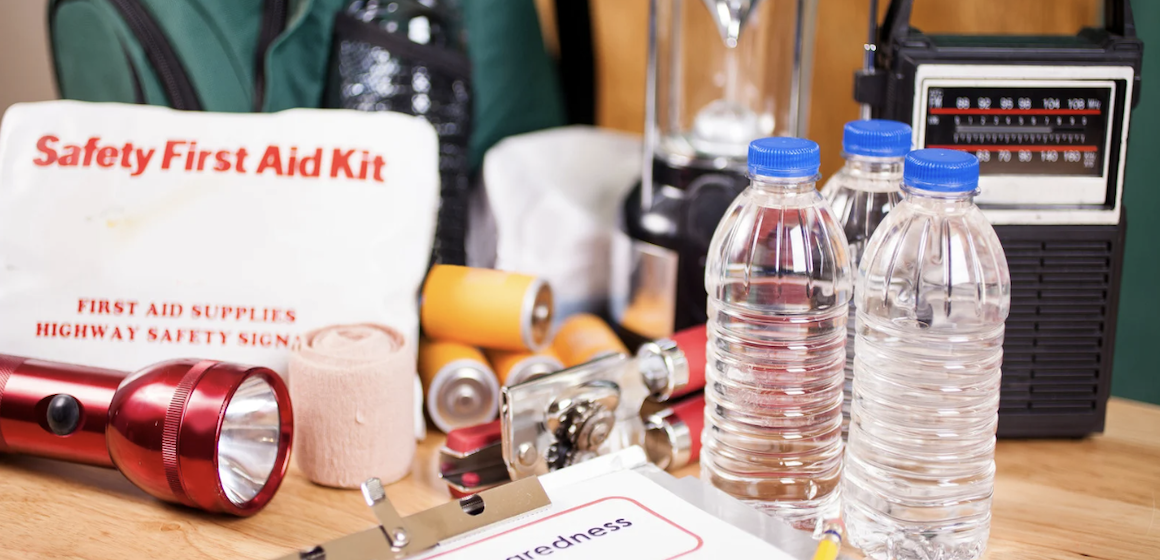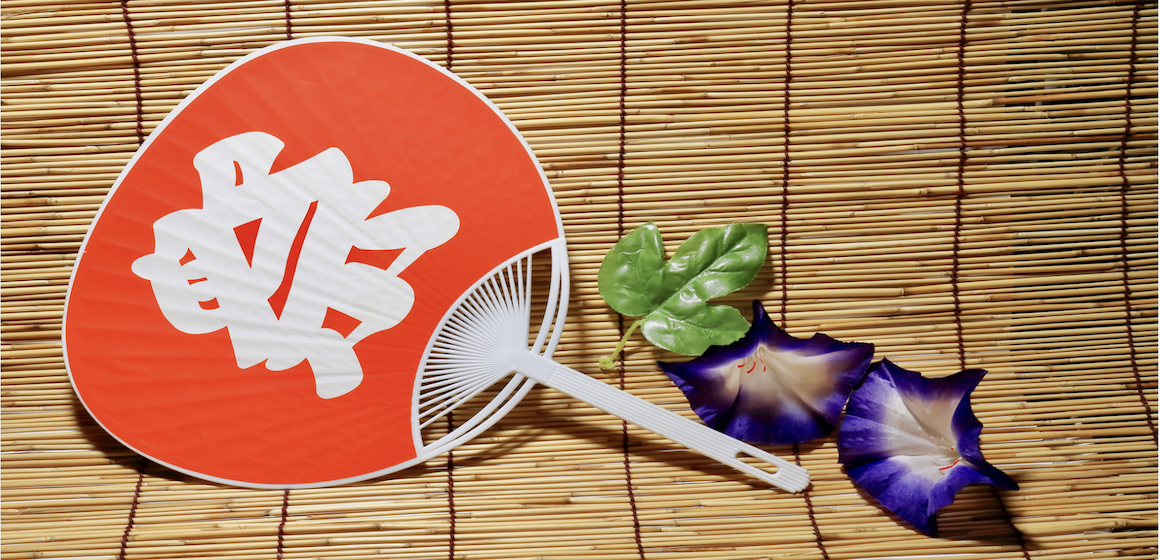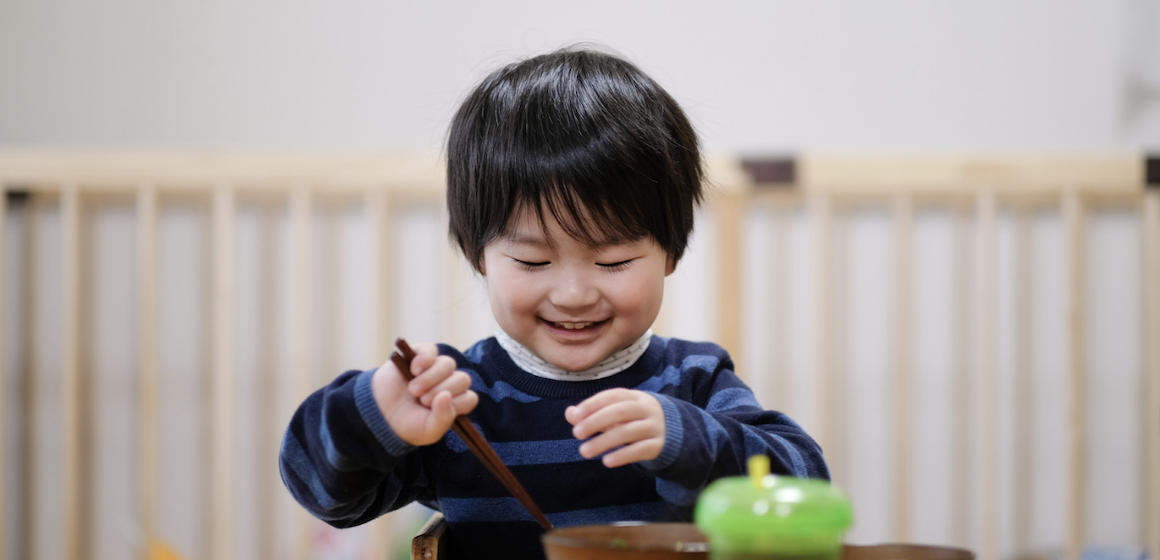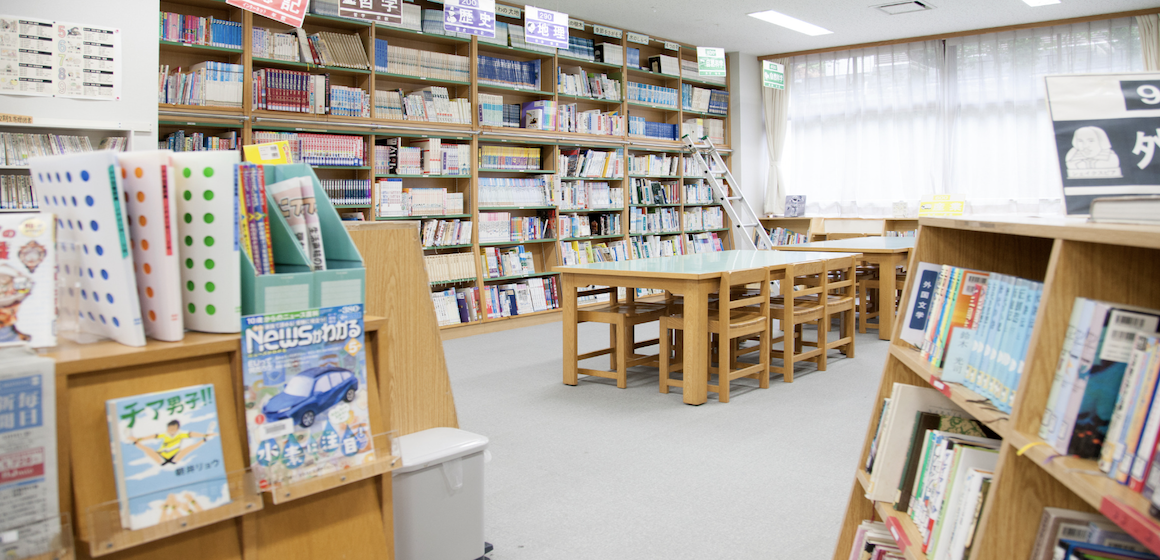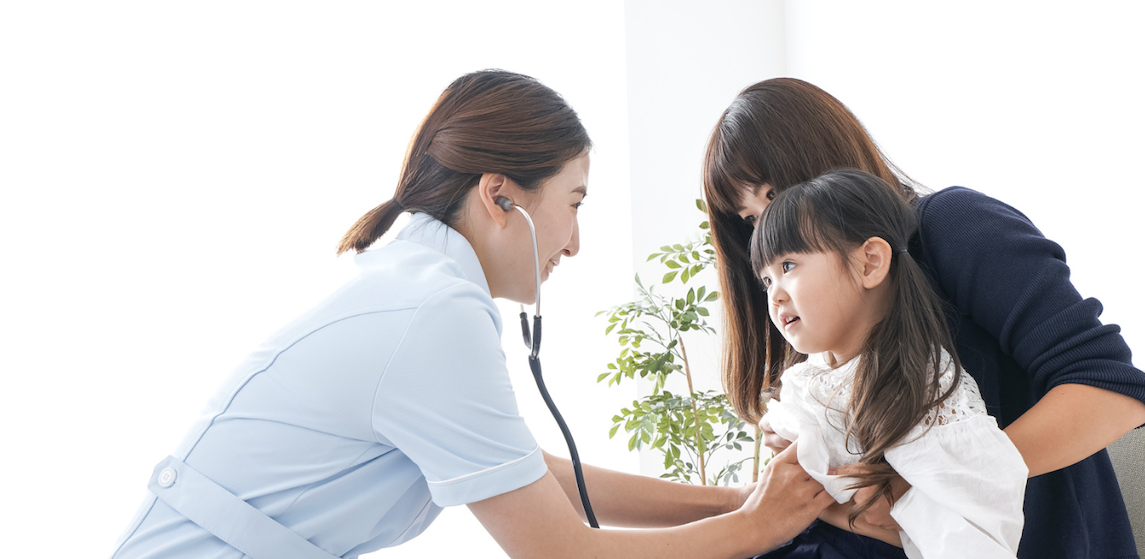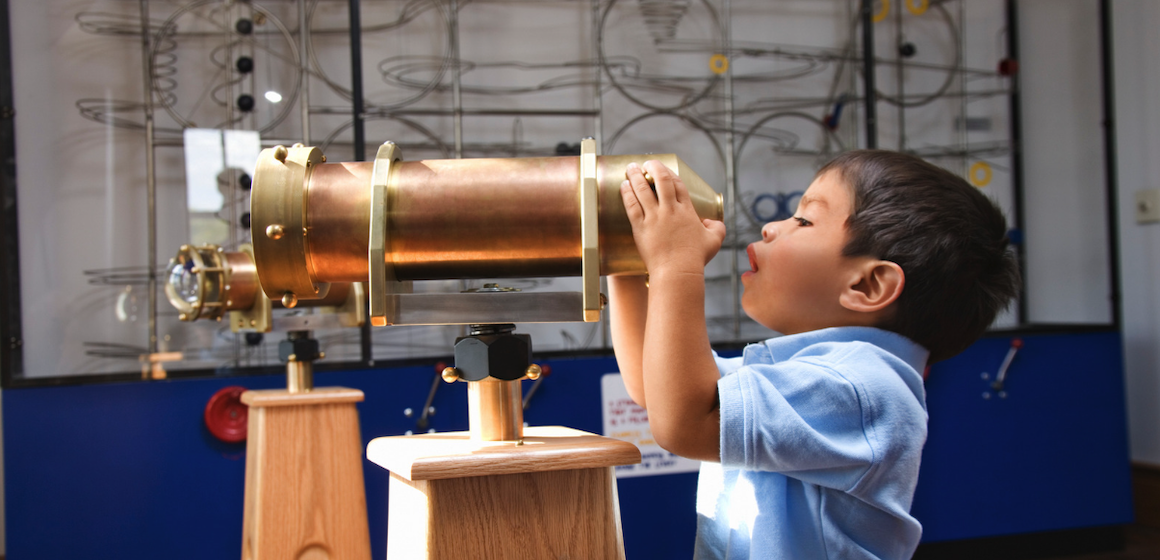september
-
Saturday classes are the classes held at schools on Saturdays. They are held once a month, and last about three hours. Not all public schools have Saturday classes. The situation varies depending on the area or school.
When Are Japanese Elementary Schools Off?
Japanese Elementary Schools are off on Saturdays, Sundays and National holidays. There used to be school on Saturdays, but Saturdays became a holiday in 2002 and the school system became five days a week.
Are There School Classes on Saturdays Now?
Saturday classes started to be held again in 2013, for the purpose of giving children enough learning opportunities. However, not all elementary schools have classes on Saturdays. Most schools have Saturday classes once a month, for about three hours. There is no school lunch on Saturday class days.
Check with your child’s school to see if Saturday classes are held or not.
Notes on Saturday Classes
You may need to make adjustments to after-school care and activities on Saturday class days. Make sure not to forget to make changes.
-
Unfortunately, sexual abuse against children exists. Tokyo Metropolitan Board of Education is working to detect sexual abuse against students by school staff as early on as possible.
What Is Sexual Abuse?
There are various examples of sexual abuse:
○Unnecessary physical contact
○Receiving lewd messages or images via social media
○Being secretly observed while changing clothes
○Being told sexual jokes or sexually teased
○Being stared at in a sexual way
○Being invited to dinner (or home) alone
Any sexual interaction with a child, regardless of their consent and whether or not they are assaulted or threatened, is defined as sexual abuse, including cases that are exempt from criminal penalty. You can consult with a designated organization regarding sexual abuse, if your child feels uncomfortable with the behavior of adults around them.
What Measures Are Schools Taking?
Many schools have established rules to prevent sexual abuse against children and prevent behavior that could be mistaken as sexual abuse, including requiring teachers/staff to tell the school when giving individual consultation to students, prohibiting personal communication with students that use social media, etc., and prohibiting physical contact with students other than assistance necessary for teaching.
What Approach Should Be Taken When Talking to Children About Sexual Abuse?
There are some cases when children may not recognize sexual abuse, like same-sex sexual violence. It is recommended that you create an opportunity to talk about school life with your children and listen carefully, especially if there is something that they feel is wrong or unpleasant, and then consult with school staff or a specified organization.
“Third-party consultation desk to protect children against sexual abuse by school staff”
offers consultation services by phone or email.
Is Special Consideration Necessary for Children With Foreign Roots?
Greeting gestures and someone’s sense of distance from others may vary depending on their cultural background. Consider cultural differences between Japan and a child’s roots when talking to children.
Other Consultation Organizations
Besides public consultation desks in Tokyo, there are some other places that offer consultation services regarding sexual abuse. It is recommended that you respond to the problem in accordance with the suggestions of the specialized organization (as in the police, one-stop support center for sexual crime victims and sexual abuse victims, child consultation center, etc.), with consideration to the child’s situation.

*There are more consultation organizations available other than those listed above, such as private organizations like NPOs.
-
In Japan, there is a holiday called Respect for the Aged Day (Keiro-No-Hi in Japanese). This is a day to express gratitude to elders, and celebrate their good health and longevity, and sometimes give gifts.
Respect for the Aged Day Is a National Holiday
Respect for the Aged Day is a national holiday that was established in 1966, and is now celebrated on the third Monday of September every year. It is a day to show respect to elders who have contributed to society for a long time, and celebrate their good health and longevity. It applies to elderly people around you including grandparents, parents, and former teachers.
What Age is Considered Elderly?
There is no age limit for elders who are celebrated on Respect for the Aged Day. As a rough guide, it seems that people over the age of 60 are considered to be elderly. It is best to start celebrating it at a time when you want to express gratitude, instead of being overly sensitive about age. These days, it is often celebrated when someone becomes a grandparent.
How Do You Celebrate Respect for the Aged Day?
Some families get together for dinner, or send gifts or letters to celebrate this holiday. However, what is important is respecting the elders and celebrating their longevity. Take it as an opportunity to express your gratitude to elders around you instead of worrying too much about giving gifts.
-
There are many natural disasters in Japan, including typhoons, heavy rain, heavy snow, floods, landslides, earthquakes, tsunamis, and volcanic eruptions. While you cannot predict natural disasters, you can take steps to prepare by assembling a disaster supply kit and getting into a habit of checking evacuation routes so as to minimize the impact of the unpredictable events.
What to Prepare for a Disaster Supply Kit
A disaster supply kit is a collection of various kinds of goods, and what you need to prepare will differ depending on when and where you will use it. It is a good idea to prepare three different kinds of disaster supply kits: a “portable” kit for use in the event of a disaster when you are away from home, an “evacuation” kit to take with you when you go to an evacuation center from home, and a “stay-at-home” kit for use when taking shelter at home during a disaster.
”Portable” Disaster Supply Kit to Take When You Are Away from Home
While you cannot predict when and where disasters happen, it may be comforting to have a disaster supply kit in your bag when going out. It may be a good idea to have it prepared in a small pouch. Here are the items you should prepare:
○Food:
・Water (about 500ml. Water is more recommended than tea as it can also be used to clean wounds, etc.)
・Candies, energy bars, etc. (quick and easy to eat)
○Cash (you may not be able to use transportation IC cards, apps, and credit cards)
○A small light (due to the possibility of moving during a power outage)
○A whistle (to let others know where you are)
○Mobile battery(s) for smartphone
○Valuables:
・Insurance card ・Driver’s license
○Hygiene products:
・Mask ・Sanitization sheet/spray ・Lightweight emergency blanket (available at 100 yen stores)
○Individual needs (as needed):
・Regular medicine ・Glasses ・Contact lenses ・Hearing aids
“Evacuation” Disaster Supply Kit to Take When You Go to an Evacuation Center
You may evacuate to a school gymnasium or community center in your neighborhood depending on the situation when a disaster happens. The evacuation disaster supply kit that you take to go to the evacuation center is sometimes called “emergency carry-out bag”, and it can carry items that allow you to spend 2-3 days at an emergency center. It may be a good idea to have one bag per person. You may want to prepare baby food and diapers as needed, if you have infants or elders in your household. If you are looking to prepare general emergency supplies, some bags are sold as a set of the supplies inside.
[Emergency carry-out bag for one person]
○Food
・Water (500ml x 4 bottles)
・Emergency food (food that can be eaten as is or cooked with water) x 3 days
Note: You may want to prepare food that provides protein, vitamins and dietary fiber including canned vegetables and fish, as carbohydrates such as bread and rice are often distributed at evacuation centers.
○Hygiene products:
・Toilet paper ・Sanitization gel ・Wet wipes ・Face towel ・Mask ・Toothpaste sheet (sheet for wiping the inside of the mouth. No water required) ・Sanitary items (as needed)
○Medical supplies:
・First aid kit ・Regular medicine ・Pain reliever ・Stomach medicine
○Electronics:
・LED light/lantern ・Mobile battery for smartphone ・Emergency radio
○Items to protect yourself:
・Helmet ・Work gloves ・Raincoat ・Hand warmers ・Lightweight emergency blanket(s) ・Utility knife ・Writing materials ・Copy of insurance card
“Stay-At-Home” Disaster Supply Kit for Use While Taking Shelter at Home During a Disaster
It may take up to a week for electricity and water to be restored after a disaster. Having supplies for your family ready will allow you to stay home without panicking. As for stockpile food, it is recommended to store it in a rolling stock method, “consume in order from the earliest expiration date and replace what you have consumed”.
[Household stockpile (1 adult x 7 days)]
・Water (2L x 11 bottles, *3L/day for drinking and cooking)
・Portable gas burner and gas canister (about 9 gas canisters)
・LED light/lantern (1 per person and 1 per room)
・Battery operated portable battery
・Dry-cell battery (as many as you need for your equipment)
・Dry noodles (thin wheat noodles and pasta, 600g x 2 bags)
・Packed cooked rice (9 packs)
・Canned food (proteins such as meat and fish, 9 cans)
・Instant soup
・Vegetable juice
・Canned fruit, chocolate, other snacks that last
・Portable toilet (7 uses/day x 7 days x number of family members)
・Emergency radio
・Gas canister operated heater and hand warmer
・Toilet paper
・Sanitary items* You may want to prepare baby food and diapers as needed, if you have infants or elders in your household.
In Japan, there is a saying, “If you are prepared, there is nothing to worry about.” Disasters can happen to anyone at any time. Anticipate these disasters and prepare for them as much as possible.
-
In Japan, festivals are held in many places during the summer. Carriages for gods called mikoshi (portable shrine) or dashi (festival float) move throughout the town to the unique music of ohayashi. Festival stalls called yatai sell food, such as yakisoba and shaved ice, and provide fun activities for children like raffles and goldfish scooping. Japanese summer festivals are fun events that bring people together.
What Is Natsu-Matsuri Like?
Natsu-matsuri are held in summer between July and September. They have a long history that is said to go back to the age of Japanese mythology. They began at shrines and temples as an event dedicated to the gods and have changed over time. In the Heian period, mikoshi, carriages for gods, began to be used. Then in the Edo period, dashi and fireworks were introduced.
Japanese festivals have different meanings for each season. Natsu-matsuri were meant to be held to protect crops from pests and typhoons as agriculture began to be practiced in ancient times in Japan. In modern days, it is also an opportunity for people to interact with others in their community.
Where Is Natsu-Matsuri Held?
There are various festivals all over the country. There are big festivals that many people travel to from all over the country, including Nebuta in Aomori Prefecture, Gion Matsuri in Kyoto and Awa Odori in Tokushima. There are also ones that are held at local shrines or held by neighborhood associations and local shopping organizations. The scale of natsu-matsuri varies from region to region.
Natsu-matsuri may be advertised on local bulletin boards. You can also search for ones that are somewhat large-scale online. Although there were many festivals that were not held due to the influence of Covid-19, many regions have resumed festivals recently. Enjoy summer in Japan!
-
Children’s cafeteria, (“kodomo-shokudou” in Japanese), are places that children can visit on their own to eat. Their meals are provided for free or at a low price.
What Are Kodomo-Shokudou Like?
Kodomo-shokudou are led by local volunteers and/or local governments and provide free or inexpensive meals to children in the community. Children can use this service on their own. The purpose of kodomo-shokudou is to help all children to get enough nutrition through their meals, as well as to provide a place where they can be supported by their community instead of staying home alone. In some communities, kodomo-shokudou also provide services that support families with foreign roots, including Japanese language classes.
Who Can Use Kodomo-Shokudou?
Kodomo-shokudou are available to children living in the community and their guardians. Some kodomo-shokudou may have different fees for children and adults. There are also some communities that offer the services for adults living in the community even if they have no children.
Where Are Kodomo-Shokudou Located?
Kodomo-shokudou are located in many different locations. Check your local government’s website to find the information. There is also a website where you can search for a kodomo-shokudou in your area:
Gaccom x Musubie Kodomo-Shokudou MAP
Kodomo-shokudou are also places where children can get to know people in their community. It may be a good idea to try using the service with your children if there is one in the community where you live.
-
"Kotokoto", the information support service for families with foreign roots, now has accounts on Facebook, Twitter and Instagram. Follow us:
-
Libraries are places where a lot of resources are kept, including books, newspapers, magazines, CD’s and DVD’s. Most areas in Japan have a library that anyone can use for free. You can do research with the resources you find. There are many events held at the library, such as story time for children, and study sessions for adults.
How Do You Use The Library?
Public libraries can be used by anyone, and most resources can be checked out. However, the ability to check out books is limited to those who live, go to school, or work in that area. To be able to check out books, you need a library card, which you can get at the front desk. Some form of identification that shows your address will be required to apply for a library card.
When Is the Library Open?
In most cases, public libraries are open 10:00 – 18:00, Tuesday through Sunday. You might be able to return the book you checked out by dropping it off at the dedicated return window, even if the library is closed. Check with the library to see if such a system exists. Libraries are closed on Mondays and New Year’s holidays.
How Can You Find the Book You Want to Read?
If there is a book you would like to read, you can search for it on the library’s website or by using the dedicated device in the library. You can also put a book on hold online. In addition, some libraries give book recommendations according to the season and theme.
Libraries also have children’s books and picture-story materials available. It may be fun to visit a library with your child.
-
In Japan, some children’s medical expenses are refundable. If your child does not have the “medical certificate issued under children’s medical expenses subsidy system, maru-nyu, maru-ko, or maru-a-o”, apply for it before claiming a refund.
Reimbursement can be claimed when your child goes to see a doctor outside the area where you live, or when you pay the co-payment for health insurance treatment without presenting your child’s medical certificate. Whether standard meal cost for hospitalization is eligible for a refund or not varies by local government.
Examples of Medical Expenses That Can Be Refunded (Claimed for Refund)
1. If you visit a medical institution outside Tokyo, and pay the co-payment for health insurance treatment
2. If you visit a medical institution that does not handle medical certificates, and pay the co-payment for health insurance treatment
3. If you visit a doctor without a medical certificate, and pay the co-payment for health insurance treatment
4. If your child’s registration for National Health Insurance/National Health Insurance Association is outside Tokyo, and you pay the co-payment for health insurance treatment
5. If you visit a doctor without your child’s health insurance card, and there is coverage from the health insurance
6. If you purchase an assistive device (glasses for pediatric amblyopia, corset, insoles/sole braces, etc.), and there is coverage from the health insurance
7. If you receive treatment abroad, and there is coverage from the health insurance
Eligible medical expenses are the co-payment amount for health insurance treatment. Medical treatment not covered by health insurance (free medical treatment) is not subsidized.
Examples of Non-eligible Medical Expenses
Some medical expenses are not covered by the subsidy.
-Expenses for dietary treatment for inpatients (for maru-nyu)
-Expenses not covered by health insurance
(vaccination, health check, extra bed charge, medicine container fee, first visit fee for large hospitals without a referral letter from another medical institution, etc.)
-Expenses for treatment covered by Japan Sport Council Injury and Accident Mutual Aid Benefit System
-High-cost medical expenses and additional benefits, paid by health insurance
-Medical expenses in case of injury due to the actions of a third party, such as a traffic accident
-Medical expenses applicable to the other publicly-funded subsidies
What You Need for Your Application
When applying for medical expense subsidies, you will need the following materials:
-Child medical subsidy payment application form
-Receipt (original)
* with patient’s name, insurance score, date of medical treatment, medical institution name, receipt amount (if these items are not listed, have it filled out at the medical institution where you had a medical examination). You can also apply with a copy of the receipt, only if the original was submitted for health insurance procedures.
-Copy of identity verification documents with a photo of the guardian listed on the medical certificate (driver’s license, my number card, etc.)
-Copy of child health insurance card
* when applying for the first time or when there are changes from previous applications.
-Copy of passbook or cash card of your banking facility
* when applying for the first time or when there are changes from previous applications.
** parent’s name listed on the medical certificate. Payment will not be made to an account other than the parent’s account listed on the medical certificate.
-Payment decision notice from health insurance (only those who are applicable to item 5, 6 or 7 above. Original required if applicable)
-Copy of credit limit certificate (if applicable)
-Copy of recipient certificate for pediatric chronic specified disease medical expenses subsidy/monthly management slip (if applicable)
There may be other items required if you fall under 5, 6 or 7 of “Example of Medical Expenses That Can Be Refunded (Claimed for Refund)”. Check with your local government office.
High-cost medical expenses payment decision notice is only required for those who are members of the National Health Insurance or National Health Insurance Association, and have a receipt corresponding to high-cost medical expenses. High-cost medical expenses complies with regulations when medical expenses for National Health Insurance benefits become high (High-cost medical care benefit payment decision notification is not required, if you are a member of a social insurance/mutual aid association)
A qualified recipient can make a refund claim for multiple receipts, which may include receipts from different medical facilities or receipts for different months.
Note that claims for more than one child need to be made separately. Claim deadline is 5 years from the day after the day of medical payment.
Claim Application Location and Refund Money Transfer
Applications should be made at the local government office in the area where you live. If there are no defects in the application, the refund will be made to the designated account. Although the procedure may seem time consuming, be sure to apply if you are eligible.
-
There are many art galleries, museums and libraries run by Japanese local governments. These places can help enrich children’s spirits, and we recommend that you take advantage of them.
What are the Art Galleries and Museums Like?
The art galleries are places where various types of artwork, such as paintings and sculptures, are exhibited. At the museums, you will see many types of items related to history, culture, nature and industries of the region that have been collected for exhibition. There are different types of art galleries and museums, including galleries that display artwork created by an artist with some connection to the region, and museums with exhibits related to the nature and industries specific to the region. Some places offer workshops and study sessions in addition to exhibits. Check their website for information. An entrance fee is usually required to visit any art galleries and museums.
What are the Libraries Like?
At the libraries, you can find various types of informational materials, such as books, magazines, DVD’s, and CD’s. Children’s books and picture books are also available. You can also check out these materials by following necessary procedure. Some libraries offer story time for children. The public libraries are usually free of charge.
Use the Facilities in Your Region
Places like art galleries, museums and libraries stimulate children’s intellectual curiosity. Visiting these places is also an opportunity for children to get to know the area they live in. Consider visiting the facilities in your area with your children.
Chiyoda-ku Museums and art Galleries Library
Chuou-ku Museums and art Galleries Library
Minato-ku Museums and art Galleries Library
Shinjyuku-ku Museums and art Galleries Library
Bunkyo-ku Museums and art Galleries Library
Taito-ku Museums and art Galleries Library
Sumida-ku Museums and art Galleries Library
Koutou-ku Museums and art Galleries Library
Shinagawa-ku Museums and art Galleries Library
Meguro-ku Museums and art Galleries Library
Ota-ku Museums and art Galleries Library
Setagaya-ku Museums and art Galleries Library
Shibuya-ku Museums and art Galleries Library
Nakano-ku Museums and art Galleries Library
Suginami-ku Museums and art Galleries Library
Toshima-ku Museums and art Galleries Library
Kita-ku Museums and art Galleries Library
Arakawa-ku Museums and art Galleries Library
Itabashi-ku Museums and art Galleries Library
Nerima-ku Museums and art Galleries Library
Adachi-ku Museums and art Galleries Library
Katsushika-ku Museums and art Galleries Library
Edogawa-ku Museums and art Galleries Library
Hachiouji-shi Museums and art Galleries Library
Tachikawa-shi Museums and art Galleries Library
Musahino-shi Museums and art Galleries Library
Mitaka-shi Museums and art Galleries Library
Oume-shi Museums and art Galleries Library
Fucyu-shi Museums and art Galleries Library
Akishima-shi Museums and art Galleries Library
Chofu-shi Museums and art Galleries Library
Machida-shi Museums and art Galleries Library
Koganei-shi Museums and art Galleries Library
Kodaira-shi Museums and art Galleries Library
Hino-shi Museums and art Galleries Library
Higashimurayama-shi Museums and art Galleries Library
Kokubunji-shi Museums and art Galleries Library
Kunitachi-shi Museums and art Galleries Library
Fussa-shi Museums and art Galleries Library
Komae-shi Museums and art Galleries Library
Higashiyamamto-shi Museums and art Galleries Library
Kiyose-shi Museums and art Galleries Library
Higashikurume-shi Museums and art Galleries Library
Musashimurayama-shi Museums and art Galleries Library
Tama-shi Museums and art Galleries Library
Inagi-shi Museums and art Galleries Library
Hamura-shi Museums and art Galleries Library
Akiruno-shi Museums and art Galleries Library
Nishitokyo-shi Museums and art Galleries Library
Mizuho-machi Museums and art Galleries Library
Hinode-machi Museums and art Galleries Library
Hinohara-mura Museums and art Galleries Library
Okutama-machi Museums and art Galleries Library
Oshima-machi Museums and art Galleries Library
Toshima-mura Museums and art Galleries Library
Niijima-mura Museums and art Galleries Library
Kouzushima-mura Museums and art Galleries Library
Miyake-mura Museums and art Galleries Library
Mikurajima-mura Museums and art Galleries Library
Hachijyo-machi Museums and art Galleries Library
Aogashima-mura Museums and art Galleries Library
Ogasawara-mura Museums and art Galleries Library1 Library2
